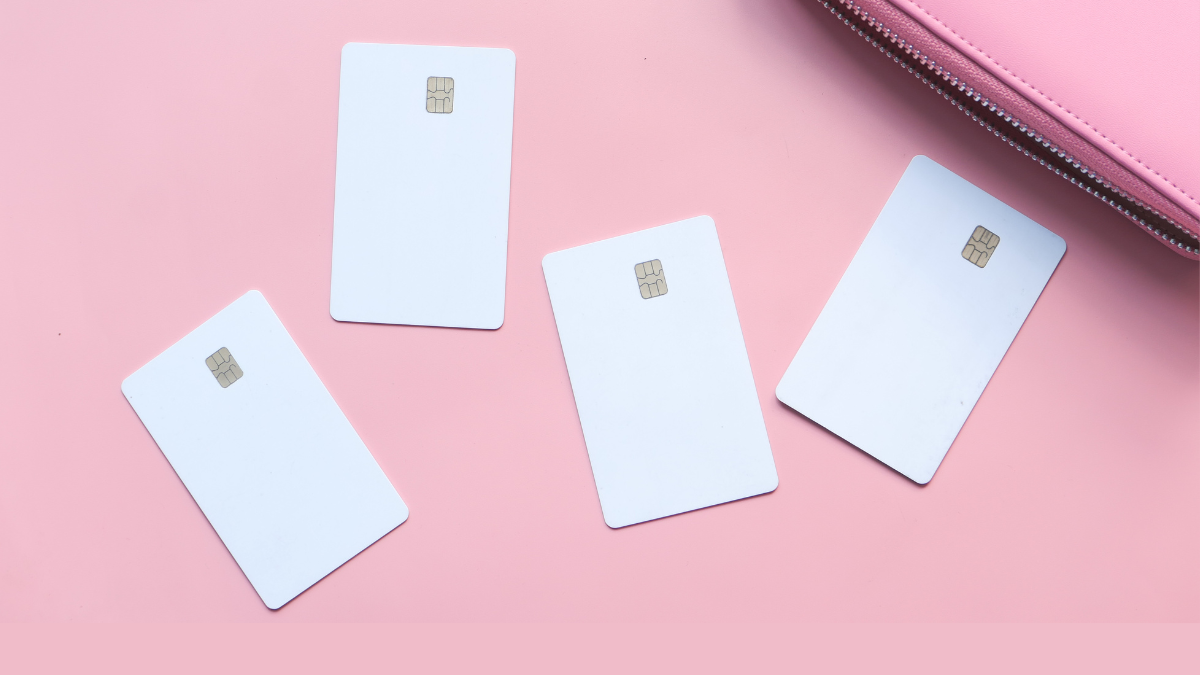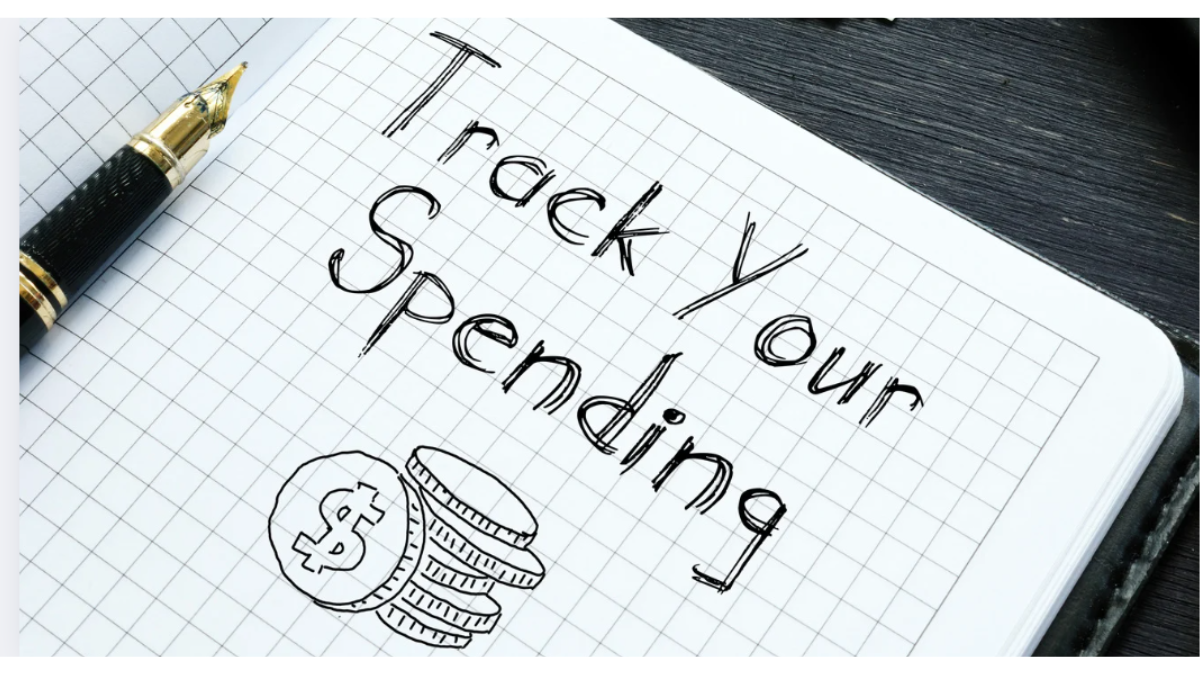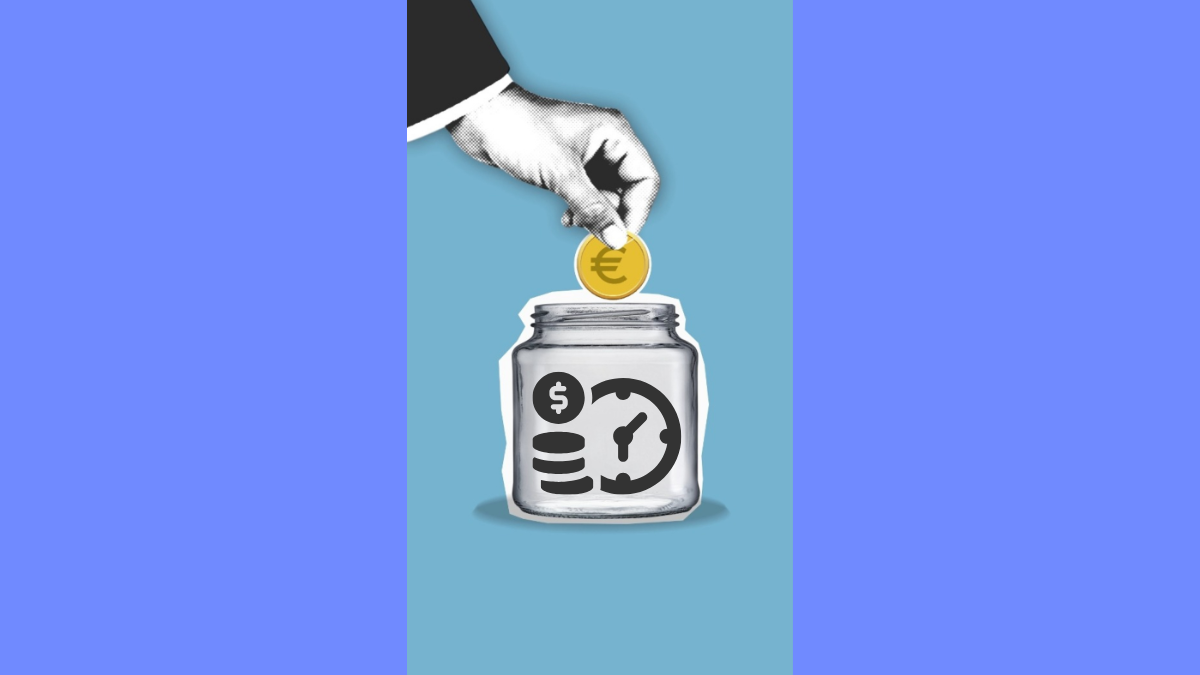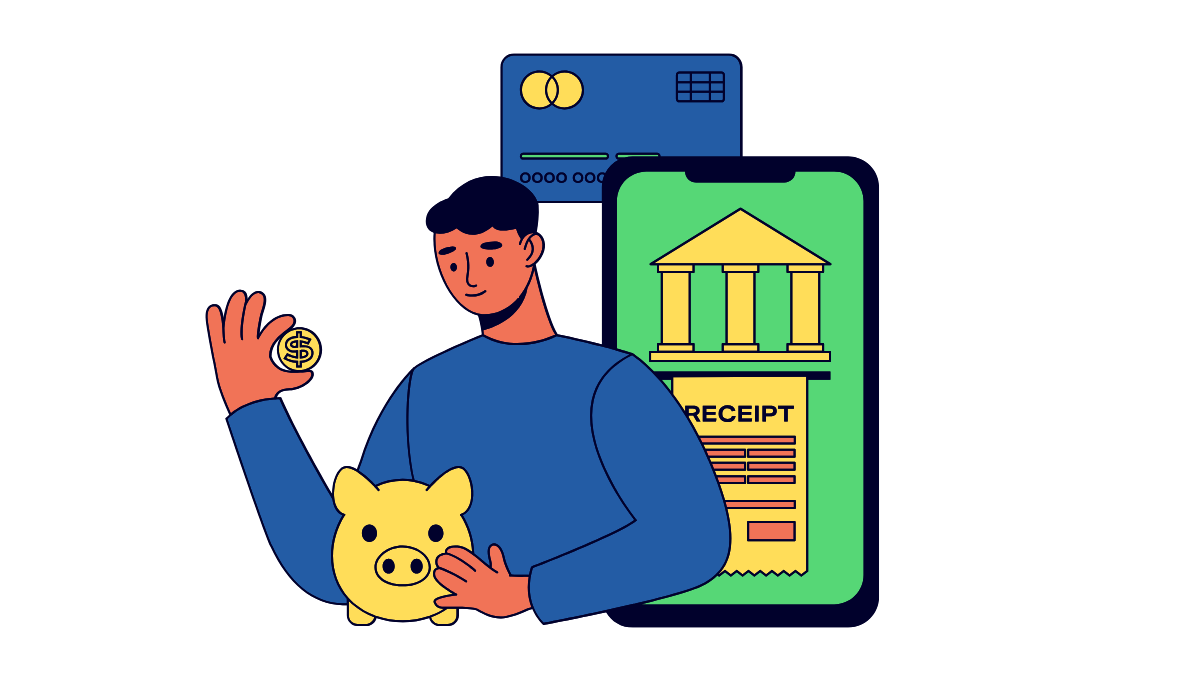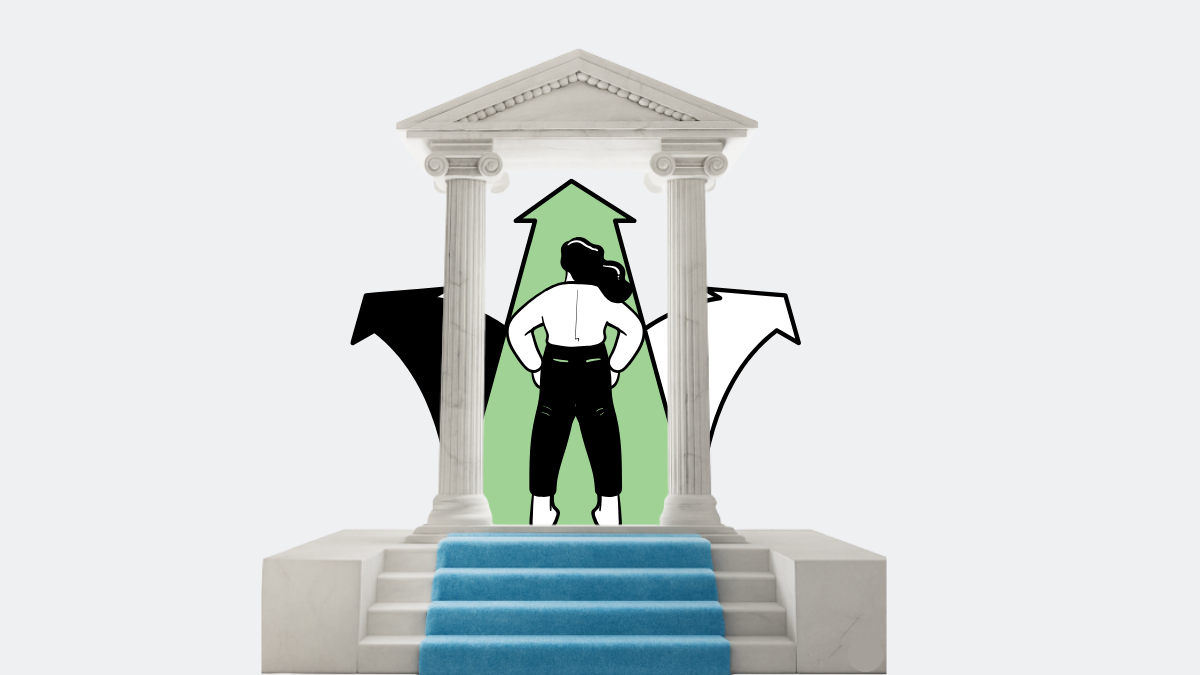What Are Automatic Payments?
Automatic payments (also called auto-pay or recurring payments) allow you to schedule regular payments from your bank account or credit card to pay your bills automatically.
Instead of remembering multiple due dates and logging in to different accounts, automatic payments ensure your bills get paid on time — saving you time and helping you avoid costly late fees.
Auto-pay works for a wide range of bills: utilities, rent, mortgage, credit cards, loans, insurance premiums, subscriptions, and more.
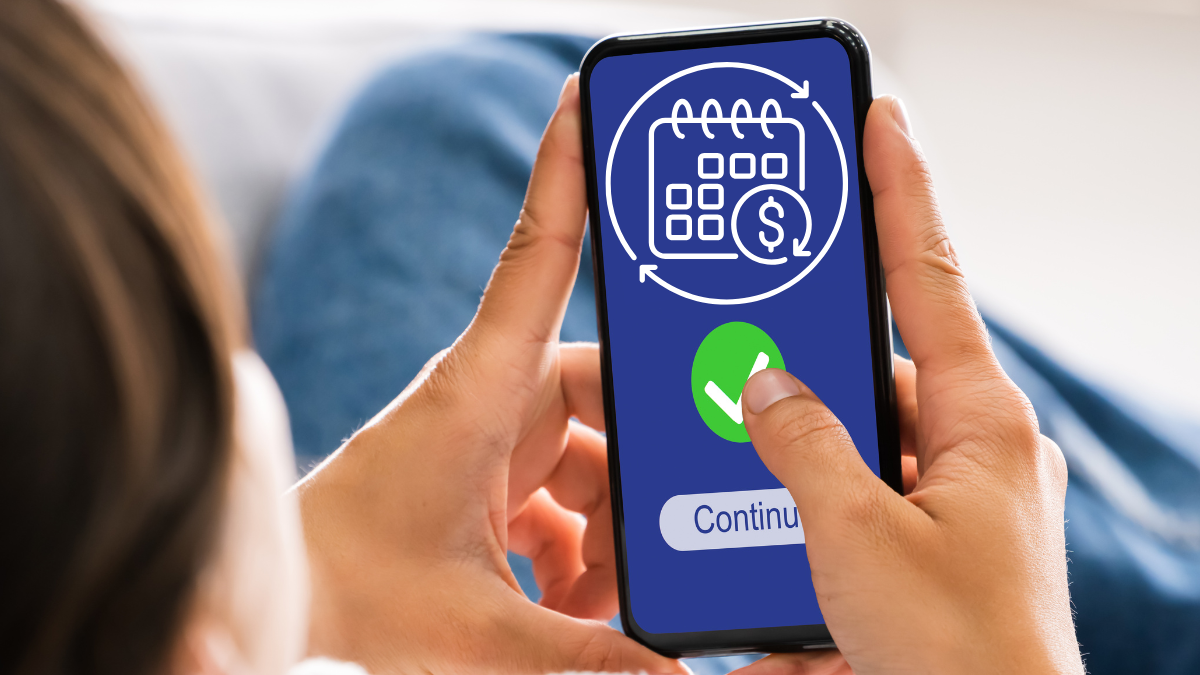
You can set up automatic payments for almost any type of bill — helping you stay organized and avoid missed payments. In fact, automating some of your regular expenses is one of the smartest ways to simplify your monthly money routine. If you’re also managing multiple bills online, be sure to check out our guide on Paying Bills Online: How to Do It Safely & Conveniently for more tips.
- Utilities (electric, water, internet, phone)
- Rent or mortgage
- Car loans or leases
- Insurance premiums
- Subscription services (streaming, software, etc.)
- Credit card payments
- Student loans or personal loans
Benefits of Setting Up Automatic Payments
Setting up automatic bill payments offers several advantages:
- Avoid late fees. On-time payments help protect your credit score and save you money.
- Save time. No need to manually pay each bill every month.
- Stay organized. Easily track your recurring payments in one place.
- Peace of mind. Auto-pay ensures your bills are covered even if you’re busy or traveling.
- Reduces stress and decision fatigue. Automating payments means fewer tasks to think about each month.
Once you set it up, auto-pay can make managing your personal finances much simpler.
How to Set Up Automatic Payments (Step-by-Step)
Here’s how to set up automatic payments for your bills:
- Make a list of the bills you want to automate.
- Log in to each biller’s website or app, or use your bank’s online bill pay service.
- Look for the option to "Set Up Auto-Pay," "Recurring Payments," or "Automatic Bill Pay."
- Choose your payment method — either your checking account or a credit card.
- Select the amount to pay (minimum, full balance, or a fixed amount).
- Choose the date your payment will be processed each month.
- Review and confirm your automatic payment setup.
- Save or print your confirmation for your records.
Most companies allow you to adjust or cancel your automatic payments at any time through your account settings.
Tip: When selecting your payment date, try to schedule it a few days after your payday. This helps ensure you always have funds in your account before the auto-payment is processed — reducing the risk of overdraft fees.
Which Bills You Should (and Shouldn’t) Put on Auto-Pay
Automatic payments work best for fixed, predictable bills. For variable bills or services you may cancel soon, you might want to review charges each month before paying.
Good candidates for auto-pay:
- Mortgage or rent
- Car loan or lease payments
- Insurance premiums (health, auto, renters, etc.)
- Streaming subscriptions (Netflix, Spotify, etc.)
- Utilities (if your budget can handle any monthly variation)
Use caution with auto-pay for:
- Credit card bills (unless you pay the full balance — otherwise you could incur interest)
- Medical bills (which may not be predictable)
- Trial subscriptions or variable services you may cancel soon
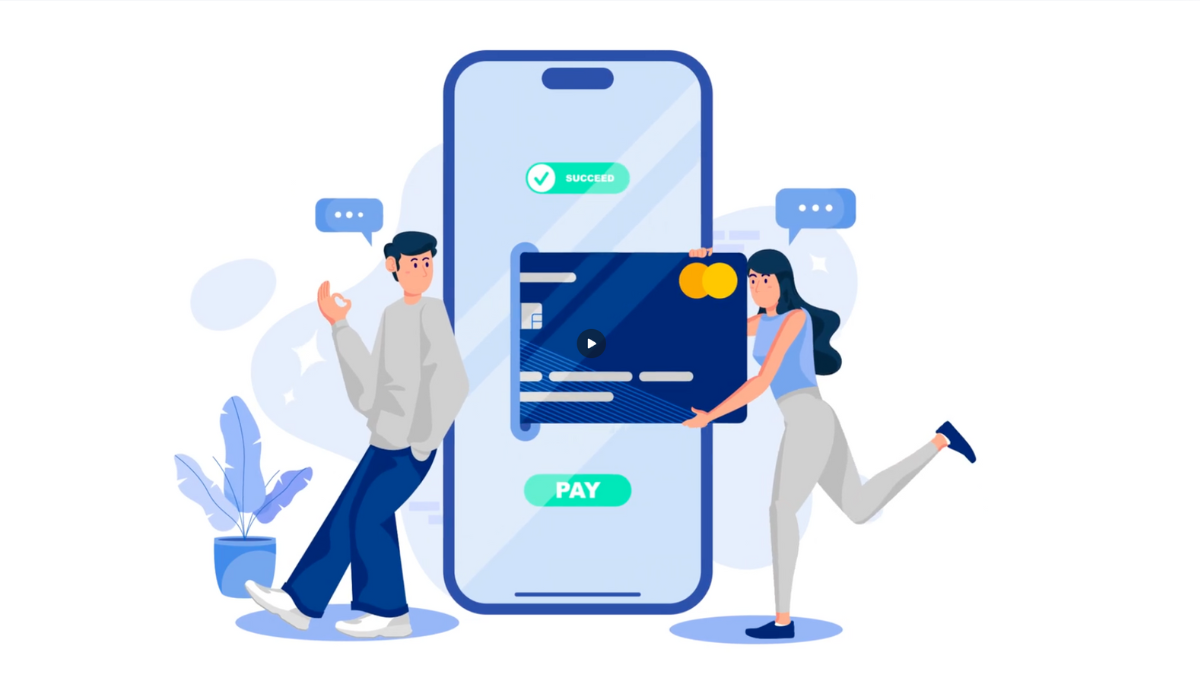
Not all payments should be automated. In the next section, we’ll cover smart ways to manage the payments you do automate.
Smart Tips for Managing Automatic Payments
To use automatic payments effectively:
- Review your bank or credit card statements each month to catch errors.
- Set reminders to update your payment method when your card expires.
- Maintain enough balance in your account to cover scheduled payments and avoid overdraft fees.
- Review subscription renewals periodically — don’t pay for services you no longer use.
- Enable payment notifications (email or SMS) when possible — this helps you stay aware of when payments are made.
Taking a few minutes each month to review your finances helps ensure that auto-pay continues working for you — not against you.
Common Mistakes to Avoid
Here are a few common auto-pay pitfalls — and how to avoid them:
- Forgetting about auto-pay and overdrawing your account.
- Leaving auto-pay enabled for services you no longer use.
- Not reviewing monthly statements and missing billing errors or duplicate charges.
- Relying only on auto-pay and forgetting to check if rates or terms have changed (especially for subscriptions or insurance premiums).
By staying mindful and reviewing your finances regularly, you can make auto-pay a helpful tool in your money management system.
Here are a few helpful guides to deepen your understanding of managing bill payments and financial organization.
Resources
Advertiser Disclosure
Explains recurring bill payments, consumer protections, and how to cancel auto-pay if needed.

Strong backup for security concerns. Teaches users what to do if they’re charged automatically without consent.

Real-world example of how to activate automatic bill pay via a major U.S. bank. This helps readers visualize the process.

